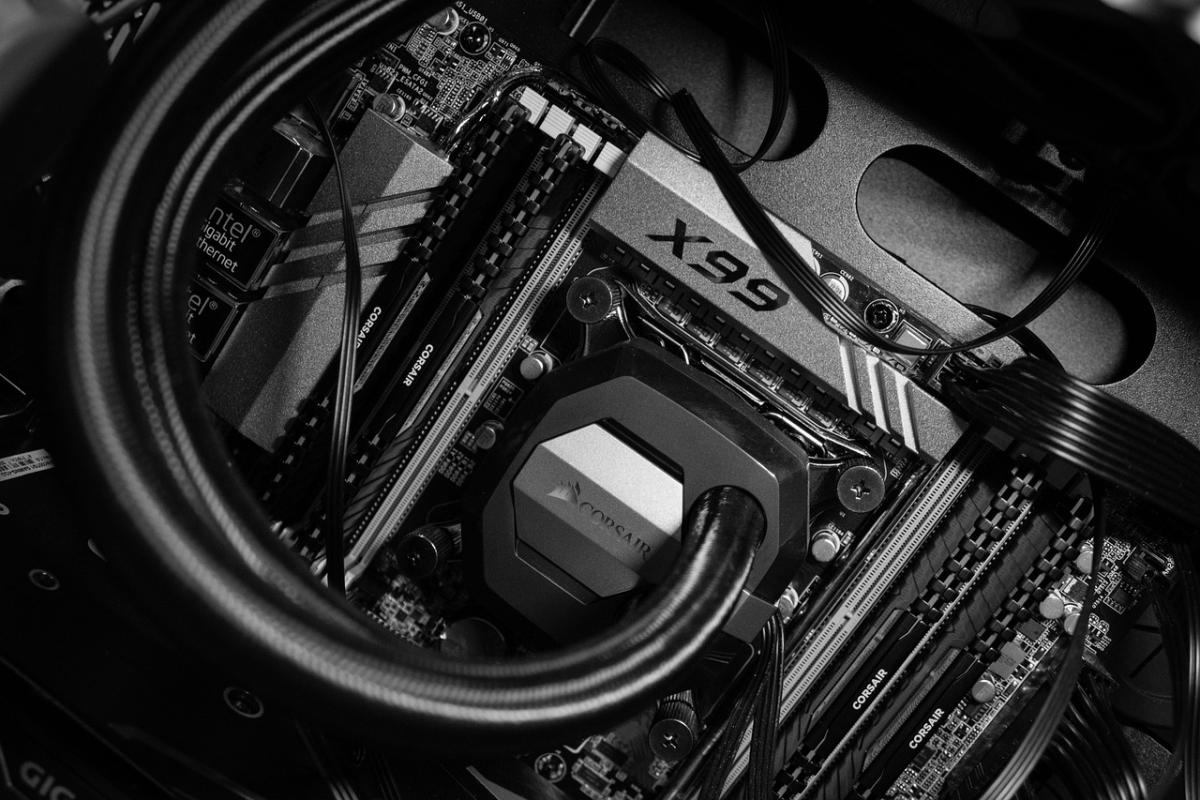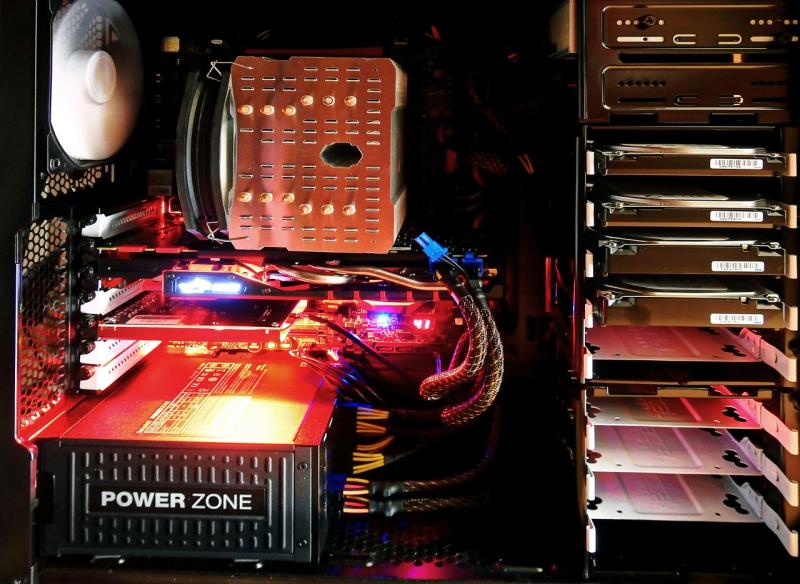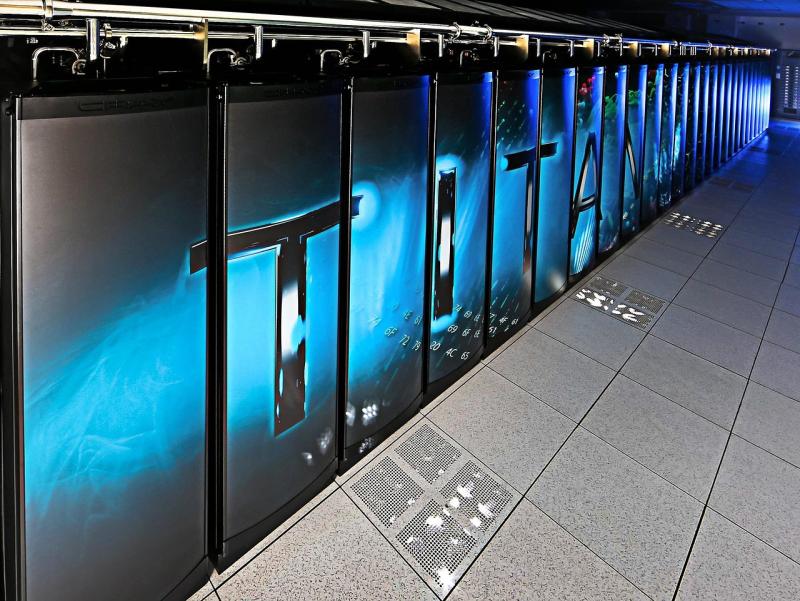Motherboards: The Backbone of Modern Computing
Motherboards are the unsung heroes of computer systems, acting as the central hub that connects all components of a computer. They are often referred to as the backbone of modern computing, as they facilitate communication between the processor, memory, storage, and peripherals. This essay explores the purpose, structure, types, and importance of motherboards, highlighting their role in shaping the functionality and performance of computers.
Understanding the Role of a Motherboard
A motherboard, also called a mainboard or system board, serves as the foundation of a computer. It is a printed circuit board (PCB) that physically supports and electrically connects critical components such as the Central Processing Unit (CPU), RAM, storage devices, and graphics cards. Without the motherboard, these components would not be able to interact, rendering a computer inoperable.
The motherboard's layout is carefully designed to ensure efficient power distribution and data transfer. It provides slots, sockets, and connectors for various components, acting as a bridge that links them together.
Key Components of a Motherboard
Motherboards are equipped with several essential features that enable them to perform their functions effectively:
CPU Socket This is where the processor is installed. The type of socket determines compatibility with specific CPUs, such as Intel’s LGA series or AMD’s AM4 socket.
RAM Slots These slots hold the system’s memory modules (RAM). The number of slots and supported capacity vary depending on the motherboard model.
Chipset The chipset acts as the motherboard’s traffic controller, managing data flow between the CPU, memory, and peripherals. It influences compatibility and performance.
Expansion Slots These slots, such as PCIe (Peripheral Component Interconnect Express), allow users to add components like graphics cards, network cards, or additional storage.
Storage Connectors SATA (Serial ATA) ports and M.2 slots are used to connect storage devices like SSDs and HDDs. Modern motherboards often support NVMe drives for faster data transfer rates.
Power Connectors The motherboard receives power through 24-pin and 8-pin connectors from the Power Supply Unit (PSU), distributing it to other components.
Input/Output Ports Located on the rear panel, these ports include USB, HDMI, Ethernet, and audio jacks, providing connectivity for external devices.
BIOS/UEFI The Basic Input/Output System (BIOS) or Unified Extensible Firmware Interface (UEFI) is firmware embedded on the motherboard. It initializes hardware during startup and provides system configuration options.
Types of Motherboards
Motherboards come in various form factors, catering to different use cases and system requirements:
ATX (Advanced Technology eXtended) The most common form factor, ATX motherboards, offer ample expansion options and are ideal for gaming and professional use.
Micro-ATX Slightly smaller than ATX, these motherboards balance performance and space efficiency, making them suitable for mid-range builds.
Mini-ITX These compact motherboards are designed for small form factor PCs, sacrificing some expandability for portability and space-saving.
E-ATX (Extended ATX) Larger than standard ATX, E-ATX motherboards are favored by enthusiasts who require additional expansion slots and robust performance.
The Importance of Motherboards
The motherboard plays a crucial role in determining a computer’s performance, compatibility, and upgrade potential. It influences:
System Performance: A high-quality motherboard with an advanced chipset ensures stable and efficient operation, particularly in high-performance tasks like gaming and video editing.
Hardware Compatibility: The motherboard dictates which CPUs, RAM, and GPUs can be installed, making it a cornerstone of system design.
Future Upgrades: Expandable slots and connectors allow users to add or replace components over time, extending the system’s lifespan.
Conclusion
Motherboards are the linchpin of computer systems, enabling all components to work together harmoniously. From basic office desktops to high-end gaming rigs and professional workstations, the motherboard’s design and quality determine the system’s potential. As technology evolves, motherboards continue to adapt, incorporating new standards and features that push the boundaries of computing. Understanding their role is essential for anyone looking to build or upgrade a computer, as the right motherboard forms the foundation of a reliable and powerful system.
Motherboards: The Backbone of Modern Computing
The Backbone of Modern Computing Motherboards
Related Articles
Essential High-Performance PC Components You Need Now
Upgrade your setup with the must-have parts for unbeatable gaming and productivity
Top Picks for Best High-Performance PCs
Find the perfect power machine for gaming, work, or creative projects
Your Guide to the Best High-Performance PCs
Find the Right PC for Your Gaming and Creative Needs
View our related products
See more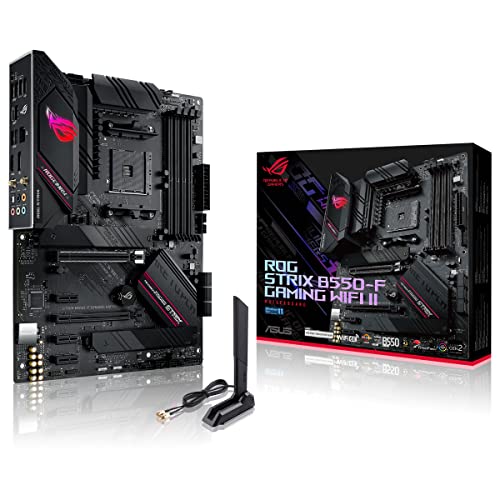
ASUS ROG Strix B550-F Motherboard
Asus
Product Review Score
4.48 out of 5 stars
227 reviews$189.99 $149.99
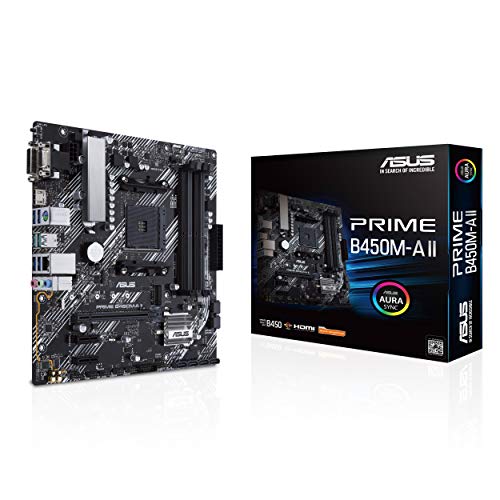
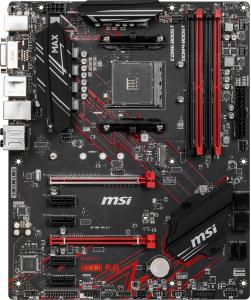
MSI B450 Gaming Max Motherboard
Msi
Product Review Score
4.44 out of 5 stars
50 reviews$114.99 $109.99
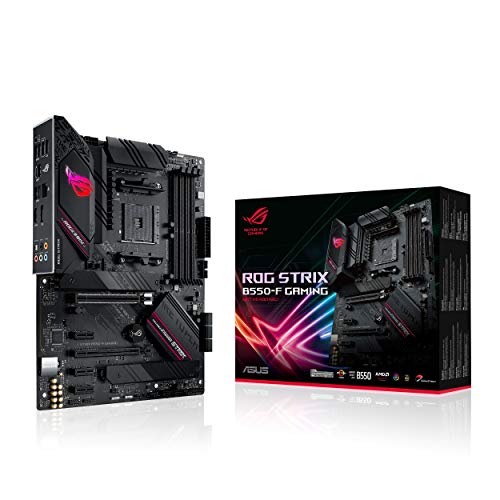
ASUS ROG Strix B550-F Motherboard
Asus
Product Review Score
4.41 out of 5 stars
170 reviews$159.99 $149.99
